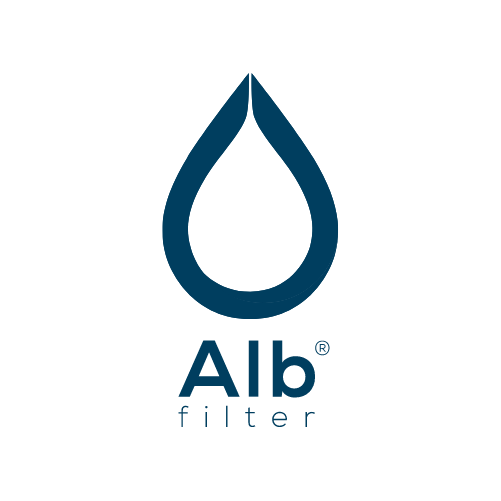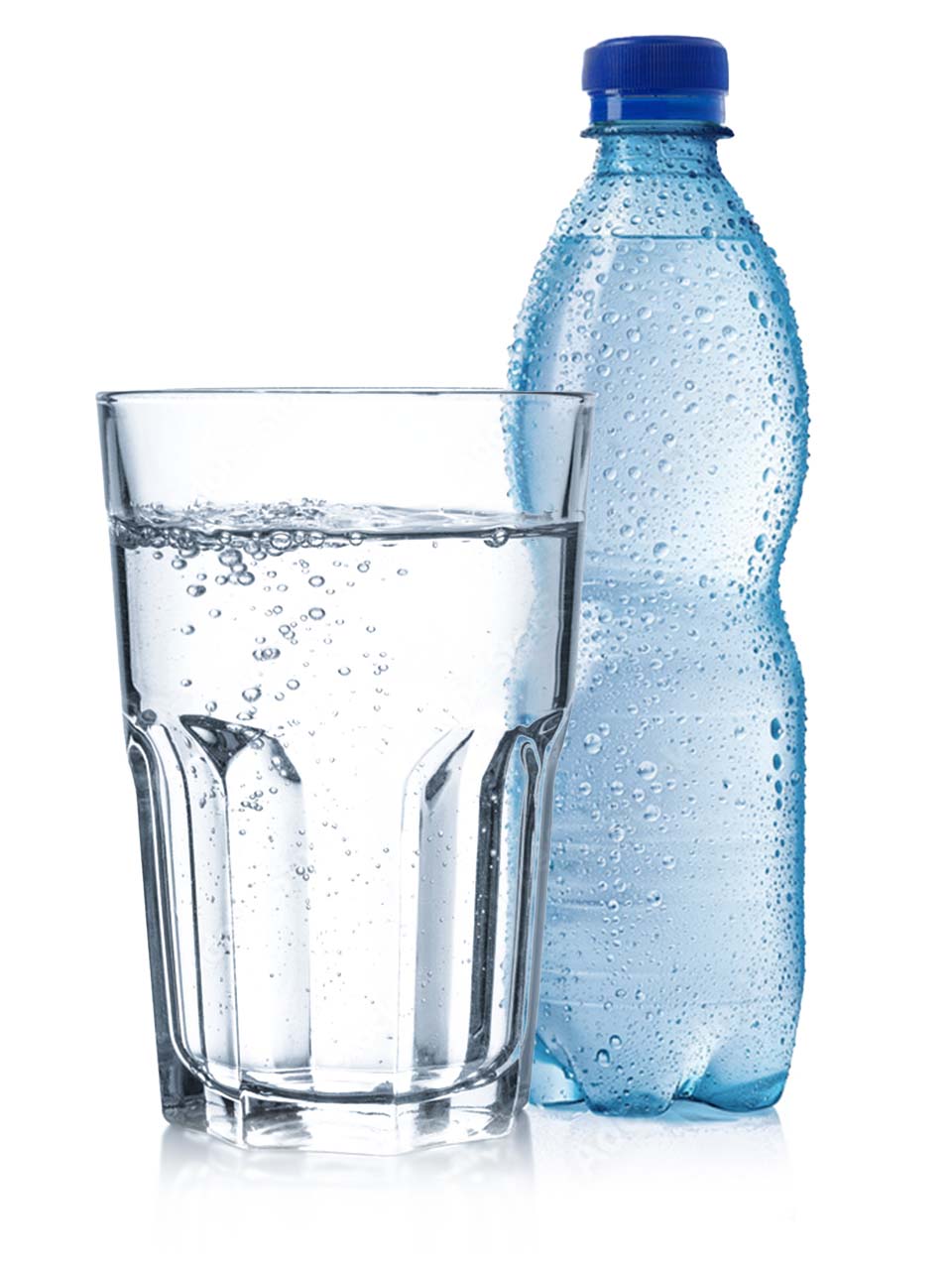Legionella & temperature: Are we at risk from saving energy?
The energy crisis currently has us firmly in its grip. Shortages and price increases mean that a rethink is necessary and everyone is talking about saving energy. In addition to lowering the room temperature, reducing the hot water temperature is also an issue.
However, caution is required in this context: Because lower hot water temperatures encourage the growth of legionella bacteria. Let's take a closer look!
In this article, you will learn ...
- ... what legionella actually is,
- ... which temperatures Legionella prefer,
- ... how legionella can be detected and avoided,
- ... the problems that energy saving entails with regard to legionella
- ... and how the prevention of legionella and saving gas and electricity can be combined.
What is legionella and where does it come from?
Legionella are bacteria that occur in fresh water and multiply in our water pipes under certain conditions. They are naturally present in drinking water, but usually in harmless concentrations.
The bacteria feel particularly at home in warm, stagnant water. In the temperature range from 20 to 55 °C , legionella can quickly multiply to a concentration that is harmful to health. They stop growing above 60 °C and die off above 70 °C.
Legionella infestation can cause various diseases. The greatest risk is Legionnaires' disease - a severe form of pneumonia. The problem is not drinking water contaminated with legionella. It is the inhalation of water droplets containing bacteria that is problematic. This happens, for example, when showering, through whirlpools, air conditioning systems or humidifiers.
According to the European Centre for Disease Prevention and Control, 1263 people in Germany contracted legionellosis in 2020 1. Germany recorded the most cases after Italy, Spain and France. However, it is assumed that the number of unreported cases is quite high.
Would you like to find out more about legionella in general? Then read our Guidebook on the subject.
To the Guidebook on legionella in waterDetect legionella
You cannot detect legionella with the naked eye as it is colorless and odorless. The only way to detect legionella is to have the water quality tested.
The landlord MUST have the water tested for legionella and the tenant CAN have the water tested for legionella. To be more precise: owners of apartment buildings with 3 or more families (this is also referred to as large systems) are legally obliged to have the water installations checked for legionella every three years 2. Single and two-family homes are exempt from this rule.
As part of this inspection, one or more water samples are taken by approved testing laboratories and sent to the laboratory. The German Drinking Water Ordinance stipulates a technical action value of 100/100ml for legionella 3. This value must not be exceeded.
For large systems, it must also be ensured that the temperature at the cylinder outlet is 60 °C and that the water in the entire system does not fall below 55 °C. There are no such regulations for small systems, but it is recommended that the regulations for large systems are also adhered to here.
Avoid legionella
You can protect yourself against legionella with just a few measures. These mainly relate to avoiding stagnant water and ensuring a minimum temperature.
This is how to avoid legionella:
- Use water pipes regularly to avoid stagnant water.
- After a long absence, leave the taps running for about a minute before using the water.
- Avoid dead legs in the water system.
- Ensure a minimum temperature of 55 °C in the entire system.
- Allow hot water to heat up to at least 60 °C.
Tip: With a suitable water filter, you can play it safe and protect yourself from infection with legionella. This is particularly useful at tapping points where the drinking water is atomized - for example in showers.
Energy saving regulations [as of October 2022]
Two energy-saving ordinances came into force in Germany on September 1 and October 1, 2022 respectively 4. They include numerous short- and medium-term measures that affect private individuals, companies and public buildings alike.
Here is a brief excerpt from the catalog of measures:
- Companies must implement cost-effective energy efficiency measures.
- In companies, the minimum temperature in rooms with predominantly sedentary work has been reduced to 19 °C. Companies can therefore easily turn the temperature down.
- Public buildings are now only heated to a maximum of 19 degrees. Passageways are no longer heated at all, unless there are safety-related reasons for this.
- Clauses in the tenancy agreement that require a minimum temperature to prevent mold or frost are temporarily suspended.
- Gas suppliers and owners must inform customers and tenants about the expected energy consumption, its costs and potential savings at an early stage.
- A heating check is mandatory for heating systems that run on natural gas. Hydraulic balancing is also mandatory.
Legionella: Temperature & heaters
From an energy-saving perspective, it would be best to lower the hot water temperature to 35-45 °C. But caution is advised here, because if the hot water is too cold, this promotes the growth of legionella bacteria.
The Federal Environment Agency is clearly against lowering the hot water temperature 5. This would increase the risk of legionella infestation too much. Boilers and hot water storage tanks should therefore continue to ensure a temperature of 60 °C . However, it does not have to be warmer than this, as this would waste an unnecessary amount of energy.
There are fewer problems with instantaneous water heaters, as no water is stored here. The water only enters the instantaneous water heater and is heated there when the consumer turns on the tap. This means that there is no stagnant water and therefore automatically less risk of legionella infestation.
Avoiding legionella despite saving energy: previous approaches
In the past, two methods have been ostensibly discussed in order to combine energy saving and the prevention of legionella: legionella circuits and chemical disinfection. However, both methods have been strongly criticized by the Federal Environment Agency 6.
Legionella circuits periodically heat the hot water supply to approx. 60 °C. This takes place at certain intervals - once a day, for example - for a few minutes. The rest of the time, the water cools down again. According to the UBA, this is not sensible for several reasons.
On the one hand, it requires at least 70 °C to completely kill legionella. If pipes are already contaminated, legionella circuits only restrict growth but do not kill the bacteria. There is also a risk that the legionella bacteria will develop temperature resistance over time and continue to grow even at 60 °C. On the other hand, the domestic installations usually cannot reach the necessary 70 °C in the long term without suffering permanent damage.
Another option for avoiding legionella despite lower water temperatures is chemical disinfection, for example using chlorine. However, this option is not without its critics, as chlorine by-products pose too high a risk to humans and the environment.
Balance between energy saving and legionella
The following applies: Temperatures and capacities of drinking water systems can be reduced, but only to the extent that it is safe from a hygiene point of view. The balance between energy saving and hygiene requirements must be maintained at all times!
In addition to lowering the water temperature, there are numerous other methods that are much better suited to saving energy and avoiding legionella at the same time 7.
| Do's | Don'ts |
|---|---|
| Set the drinking water heater to 60 °C | ❌ Reduce the hot water temperature to below 55 °C |
| ✅ Keep cold water below 20 ° C | ❌ Switch off circulation pumps completely or temporarily |
| ✅ Carry out hydraulic balancing | Install legionella circuits |
| ✅ Use energy-efficient system technology | ❌ Switch off the DHW heating temporarily or completely |
| ✅ Use renewable energy sources | |
| ✅ Ensure adequate insulation of the water pipes | |
| ✅ Energy-conscious use of the drinking water installation | |
| ✅ Reduce hot water consumption | |
| ✅ Completely disconnect unused water connections from the water system |
Legionella: Temperature vs. energy saving?!
In times like these, we cannot avoid the topic of saving energy. It is important that everyone pulls together and implements essential measures. However, we should not and must not compromise on the hygiene requirements of our tap water at any time.
Any efforts to reduce the hot water temperature to below 55 °C are currently not sensible and are heavily criticized. You should therefore concentrate on other energy-saving measures and protect yourself against legionella infestation due to excessively low temperatures!

FAQs on legionella & temperature
At what temperature do legionella die?
Legionella die at a temperature of 70 °C. Growth stops at 60 °C and above.
Are legionella also in cold water?
The reproduction of Legionella bacteria is temperature-dependent. The bacteria can only multiply above a temperature of 25 °C . Cold water should therefore always be below 25 °C to prevent legionella infestation.
Can I shower despite legionella contamination?
No, you should not shower if there is a high level of legionella! In such a case, the affected pipes must first be disinfected and, if necessary, cleaned by specialist personnel.
How hot should the water in the hot water tank be?
The water in the hot water storage tank should have a temperature of 60 °C. The temperature must never fall below 55 °C, as this greatly increases the risk of legionella growth.
Does every heating system have a legionella circuit?
Most heating systems nowadays have a legionella circuit. However, there are still some heating systems that do not have such a circuit. The usefulness of this type of disinfection is generally very controversial.
Related articles and products
References
- European Centre for Disease Prevention and Control: Legionnaires' disease - Annual Epidemological Report for 2020
- Federal Ministry of Health - Drinking Water Ordinance and Legionella
- German Drinking Water Ordinance: Legal version from 2023
- Federal Ministry for Economic Affairs and Climate Protection: Energy saving regulations
- Federal Environment Agency - FAQ: Lowering the room temperature in fall and winter
- Umweltbundesamt - Saving energy when heating water
- Bundesvereinigung der Firmen im Gas- und Wasserfach e. V. - Measures to save energy when heating drinking water





